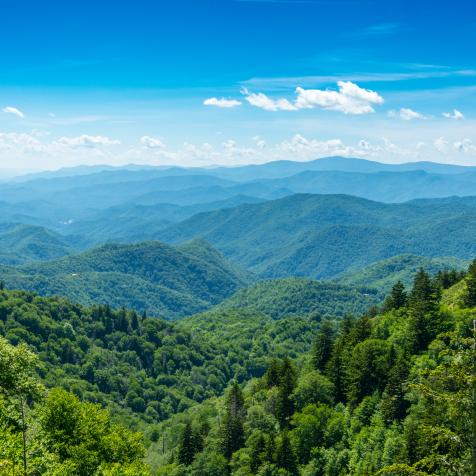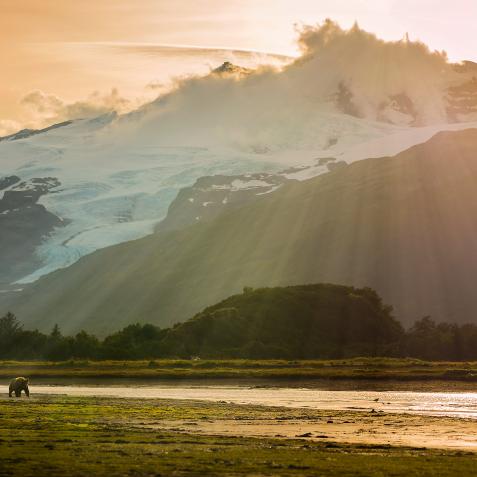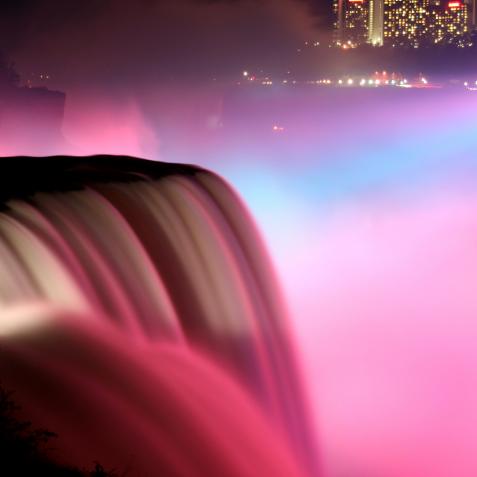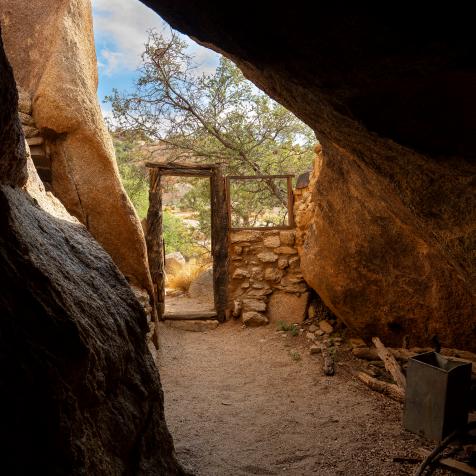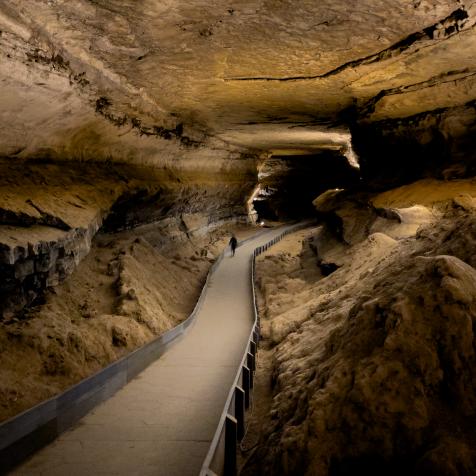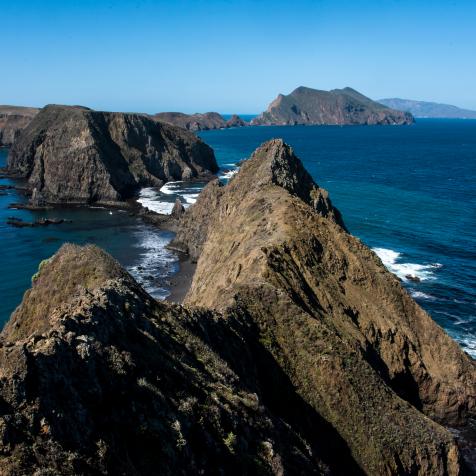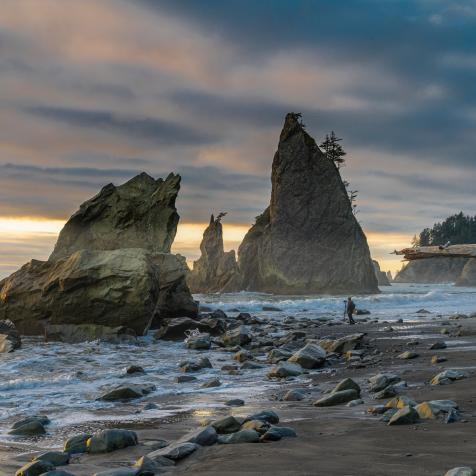
Getty Images
Angels Landing Is One of the Most Dangerous Hikes in the US
This renowned hiking destination is not for the faint of heart.
Note: Angels Landing and its surrounding trails are currently closed due to storm damage. You can check the National Park Service website for current trail conditions.
Calling all adventurers! Angels Landing is one of the world's most renowned hiking destinations — though it's certainly not for the faint of heart. With dizzying heights, and hairpin turns, the thousands of hikers it draws every year might not know exactly what they're getting themselves into.

Getty Images
Daredevils at Angels Landing
Zion National Park in Utah has plenty of trails, but Angels Landing may be the most breathtaking. Picture this. You begin the hike on the wide and well-maintained West Rim Trail. It follows the river and then crosses the bottom of the canyon, surrounded by 270-million-year-old layers of rock. Relaxing, right? Just wait for it. The trail then starts to climb via a series of switchbacks leading up the side of the mountain. Then more switchbacks: 21 tighter turns, called "Walter's Wiggles," where elevation levels rapidly increase. Your heartbeat is probably rapidly increasing at this point, too.
On top of Walter's Wiggles, you can stop for a stunning view (perhaps with a marriage proposal) and a restroom stop while you contemplate the final stretch of the hike. If you're afraid of heights, it's best to turn back now. The last stretch is the real test of bravery.
Living on the Edge
The last half mile of the hike is what really ranks it as one of the nation's most dangerous. Angels Landing itself is a fin-like formation jutting 1,500 feet out of the canyon, and this is where you make the final 500-foot climb. Guardrails and chains bolted into the cliff help you keep from tumbling over the extremely steep ledge. You're literally living on the edge, and you don't want to trust the "angels" down there to catch you. Once you reach the top, however, it'll all be worth it: 360-degree views of the canyon make a great backdrop for kicking back and having a meal before you come back down the way you came.
Angels Landing might be dangerous, but thankfully, not too many people have had fatal falls. According to the park website, seven people have died in the 100 years the park has existed. Still, this is a very strenuous hike. If you're out of shape, bringing young children along, feel ill or prone to fainting, or are just plain afraid of heights, opt for an easier trail.
Angel's Landing is a great hike for most of the year, besides the cold winter months when the trails could become dangerously slippery. Summer is the most popular time of year — and therefore the most crowded — but it can also get extremely hot, so opt for an early morning hike while the temperatures are still mild.
Sure, it's dangerous, but there's a reason this is one of Zion's most popular hikes. If you're up for the challenge, Angels Landing will definitely deliver rewards.
This article first appeared on Curiosity.com.



































































